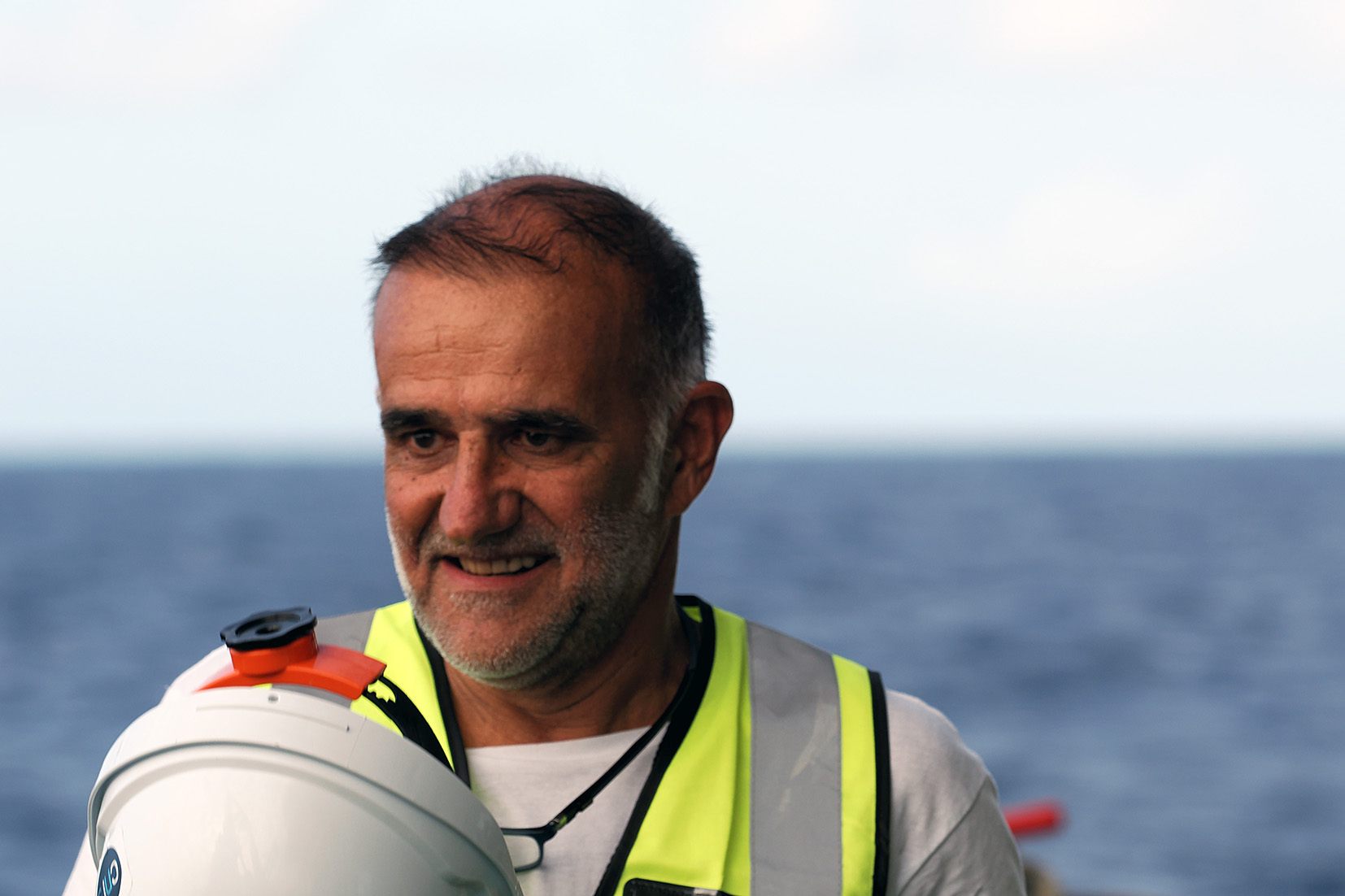4 November 2022
The Argo float given by the Principality to the Seychelles has been deployed at sea
Deployment on 2 November at 1am
It was during the night of 1st to 2nd November, at around 1am, that the BGC Argo float, officially handed over to the Government of Seychelles by the Principality of Monaco on 26th October, was deployed at sea with two other multi-instrumented float-profiling robots, some sixty miles to the east of the Saya de Malha bank. These three new-generation robots will measure physical, chemical and biological variables essential to understanding the evolution of the ocean’s health and its response to climate change: temperature, salinity, pH, oxygen, nitrate and chlorophyll a concentrations, suspended particles, as well as illumination.
The international BGC Argo programme aims to instrument the ocean with a fleet of 1,000 new generation profiling floats that will complement the 3,000 profiling floats already drifting in the ocean.
Since the beginning of the Indian Ocean expedition, Hervé Claustre, co-leader of this international programme, has already deployed 11 floats with his team throughout the navigation of the S.A. Agulhas II. These highly sophisticated instruments will contribute to a better understanding of this region of the Indian Ocean, which until now has been poorly equipped with floats.
Official signatures and deployment
During his visit to Aldabra and the official delegation of the Seychelles government from 24 to 26 October 2022, H.S.H. Prince Albert II of Monaco signed the float handed over to Seychelles by the Principality. The Minister for the Blue Economy, Jean-Francois Ferrari, the Minister for Agriculture, Climate Change and the Environment, Mr. Flavien Joubert, did the same, as well as Gilles Bessero, Director of Monaco Explorations.
Flavien Joubert, Minister for Agriculture, Climate Change and the Environment, signs the float. Port Victoria_26_10_2022©Nicolas Mathys_Zeppelin_MonacoExplorations
Hervé Claustre explains to the Prince how profiling floats work_26_10_2022. Port Victoria. Seychelles©Nicolas Mathys_Zeppelin_MonacoExplorations
H.S.H. Albert II of Monaco with the onboard artist Rémi Leroy who decorated the float. Port Victoria_02_11_2022©Nicolas Mathys_Zeppelin_MonacoExplorations
Fabrizzio D'Ortenzio and Thomas Jessin "listening" to the float before its launch_IMEV_Cnrs_Ocean Indian Expedition_02_11_2022©Didier Théron_MonacoExplorations
Launching of one of the three floats released on 02 November 2022. Indian Ocean expedition©Didier Théron_MonacoExplorations
Launching of the Seychelles profiling float. Saya de Malha_02_11_2022©Nicolas Mathys_Zeppelin_MonacoExplorations
Close-up of the launch of the BGC Argo float given by the Principality of Monaco to the Seychelles_02_11_2022©Didier Théron_MonacoExplorations
Our floats are precious allies in better understanding this area of the Indian Ocean. Although this equipment is expensive, we are now engaged in a virtuous cycle of recovery, reconditioning and re-commissioning of these sophisticated instruments with a reduced environmental impact.
Hervé CLAUSTRE, co-leader of the international BGC Argo programme. 
How does a profiling float work?
Released by a ship, the profiling floats descend slowly (10cm/sec) to the programmed depth, called the “parking” depth, where they drift for 10 days. During the ascent, the float switches on its sensors and measures, for example, salinity or chlorophyll a concentration. Once at the surface, it transmits the measured data to the laboratory via the satellite. The float, equipped with a sim card, can ‘phone’ the satellite. The scientist can then immediately view and analyse the vertical profile of these measurements on his computer. He can decide to change the depth to be reached and activate other sensors. The float then dives back down and ‘parks’ at the desired depth where it drifts with the currents for another 10-day cycle.
Refine float underwater©David Luquet_IMEV
The Perseverance Secondary School class adopted the float given to the Seychelles by the Principality of Monaco. 31_10_2022©Didier Théron_MonacoExplorations
Hervé Claustre presents the BGC Argo project to the students of Perseverance Secondary School, on board the S.A. Agulhas II. 31_10_2022©Didier Théron_MonacoExplorations
The students of Perseverance Secondary School listen attentively to Hervé Claustre's explanations. They will then also sign the Seychelles float. 31_10_2022©Didier Théron_MonacoExplorations
Adopted floats
The BGC Argo scientific programme has been extended by educational activities for schools for 10 years now. The Institut de la Mer de Villefranche (IMEV – LOV) is involved in the dissemination of knowledge about the ocean through scientific mediation activities based on observations collected by the Argo floats. As part of the Adopt a float educational programme, classes can monitor the floats. Since the beginning of the campaign, two floats have been adopted, one in Réunion and one in the Seychelles. The latter will be followed by a class from Perseverance Secondary School. The adoption of a third float is planned during the last stopover in Mauritius.
